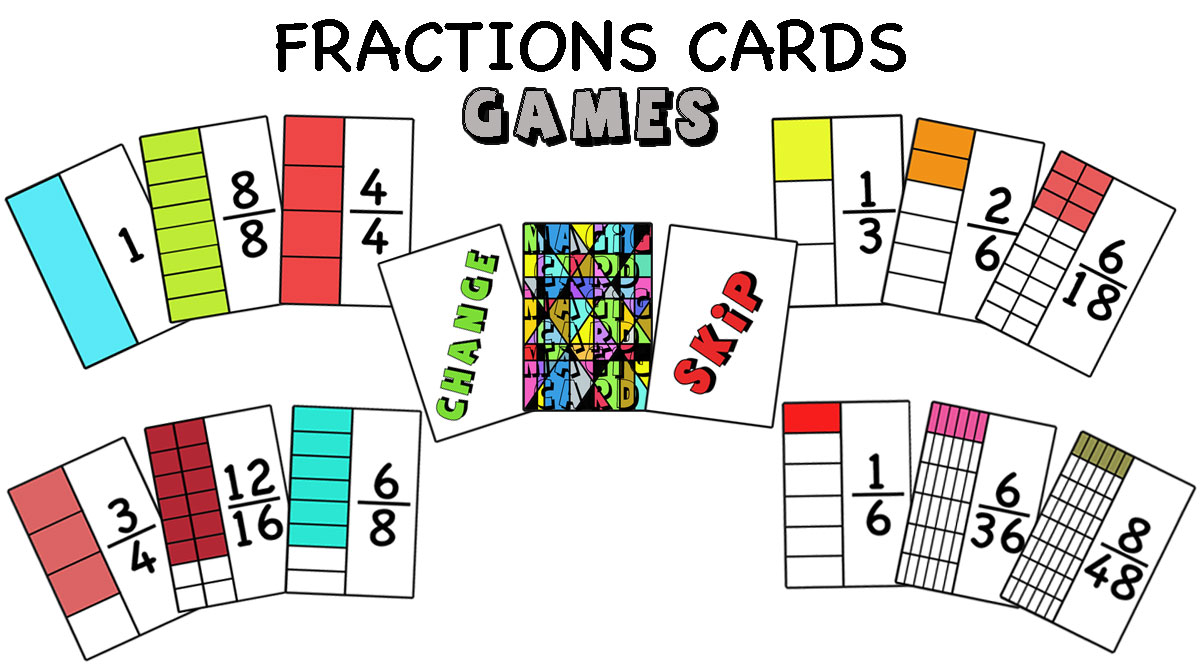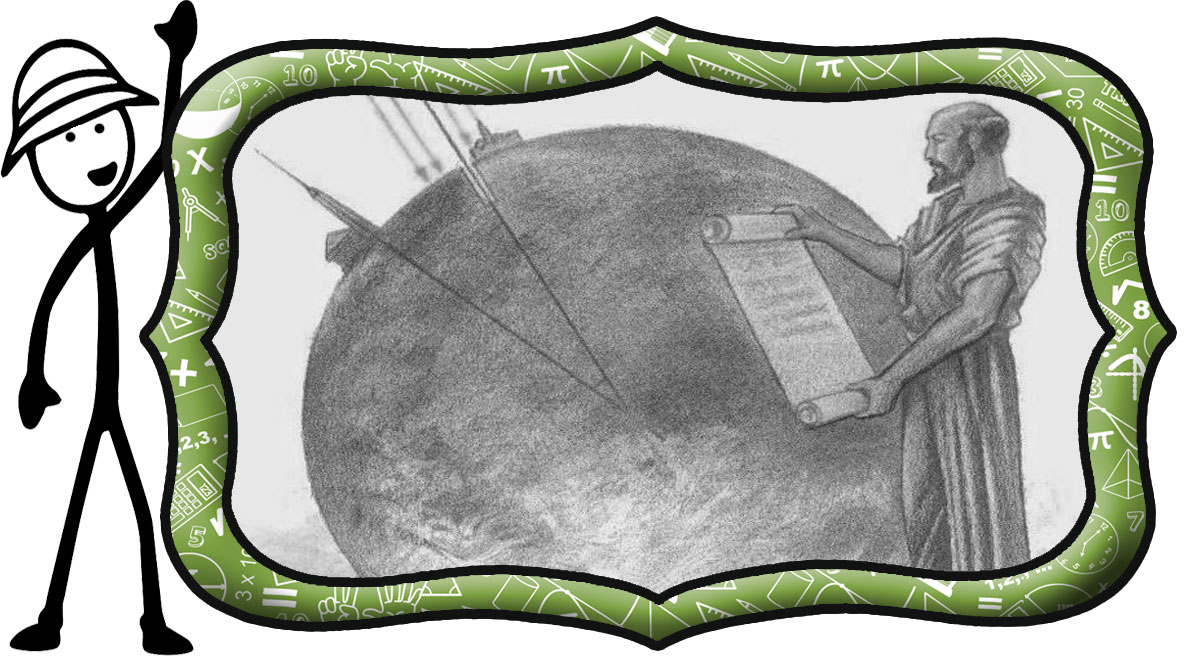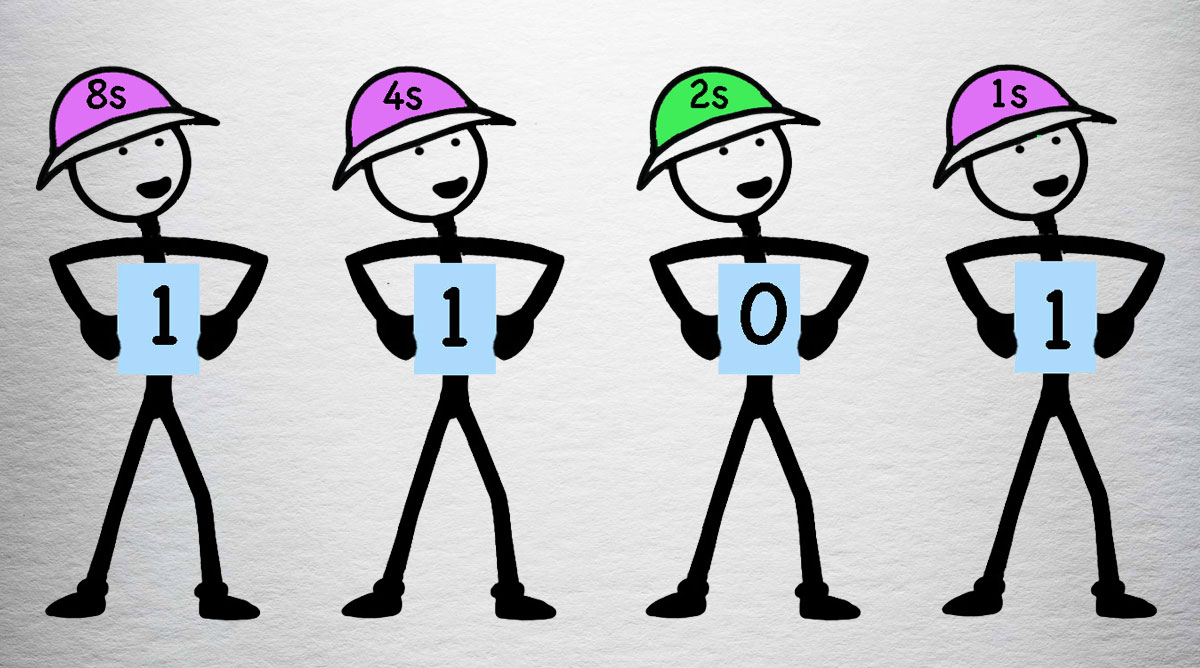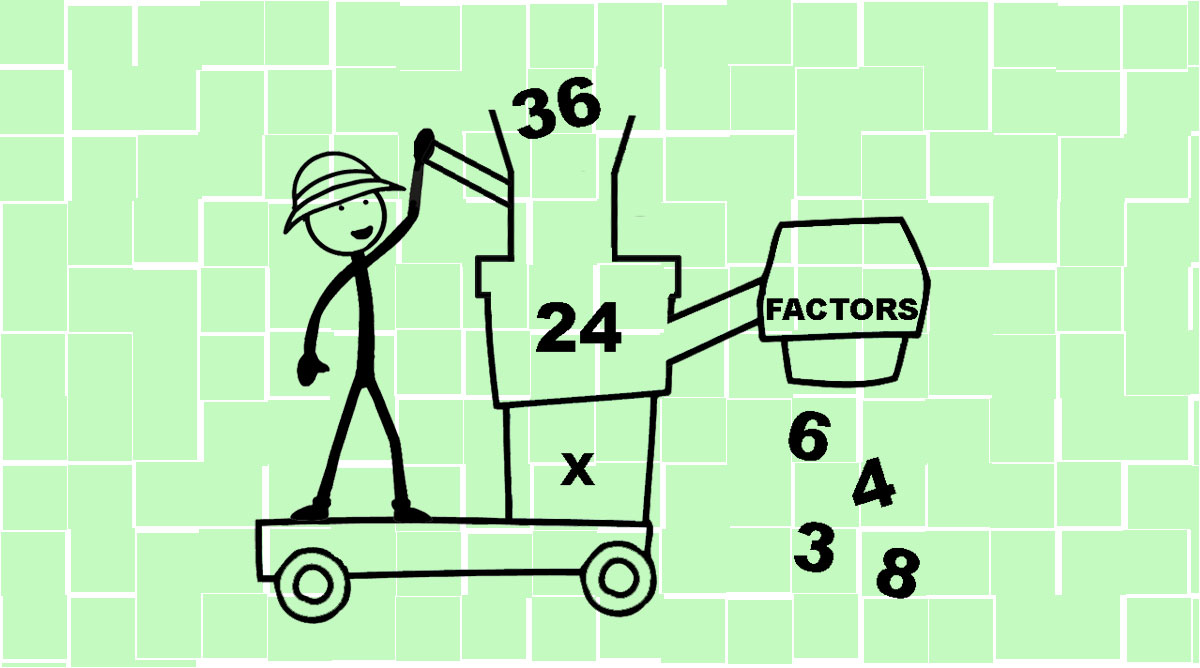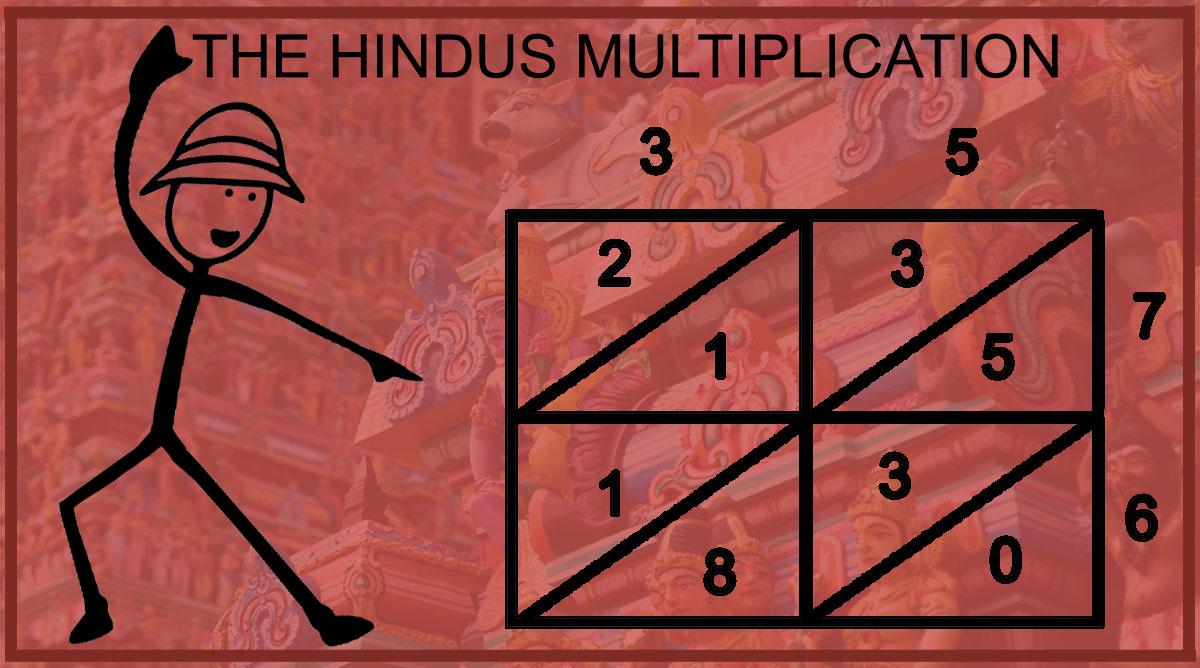Prime Factorization
Prime Factorization is the method of finding which set of prime numbers multiply together to make a number. In a previous post, we talked about factorization, which is a method of finding the factors of a number but not necessarily the prime factors. What is different with prime factorization is that we …


